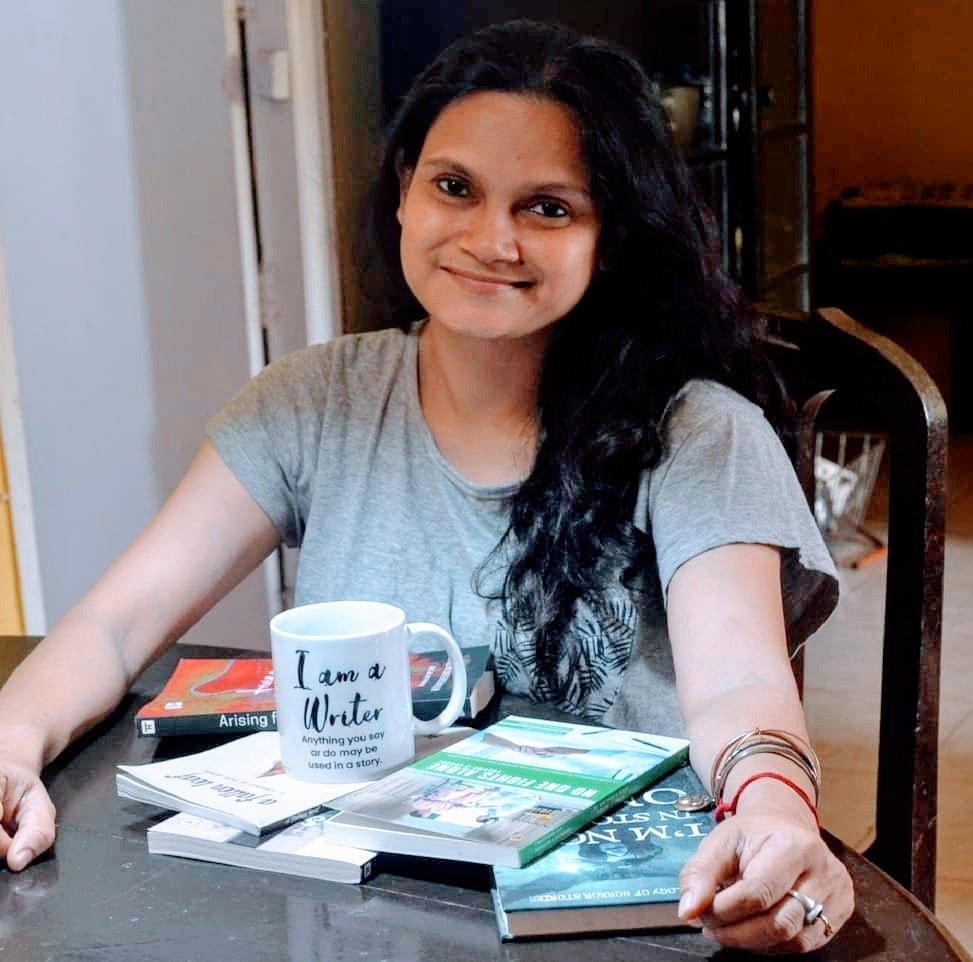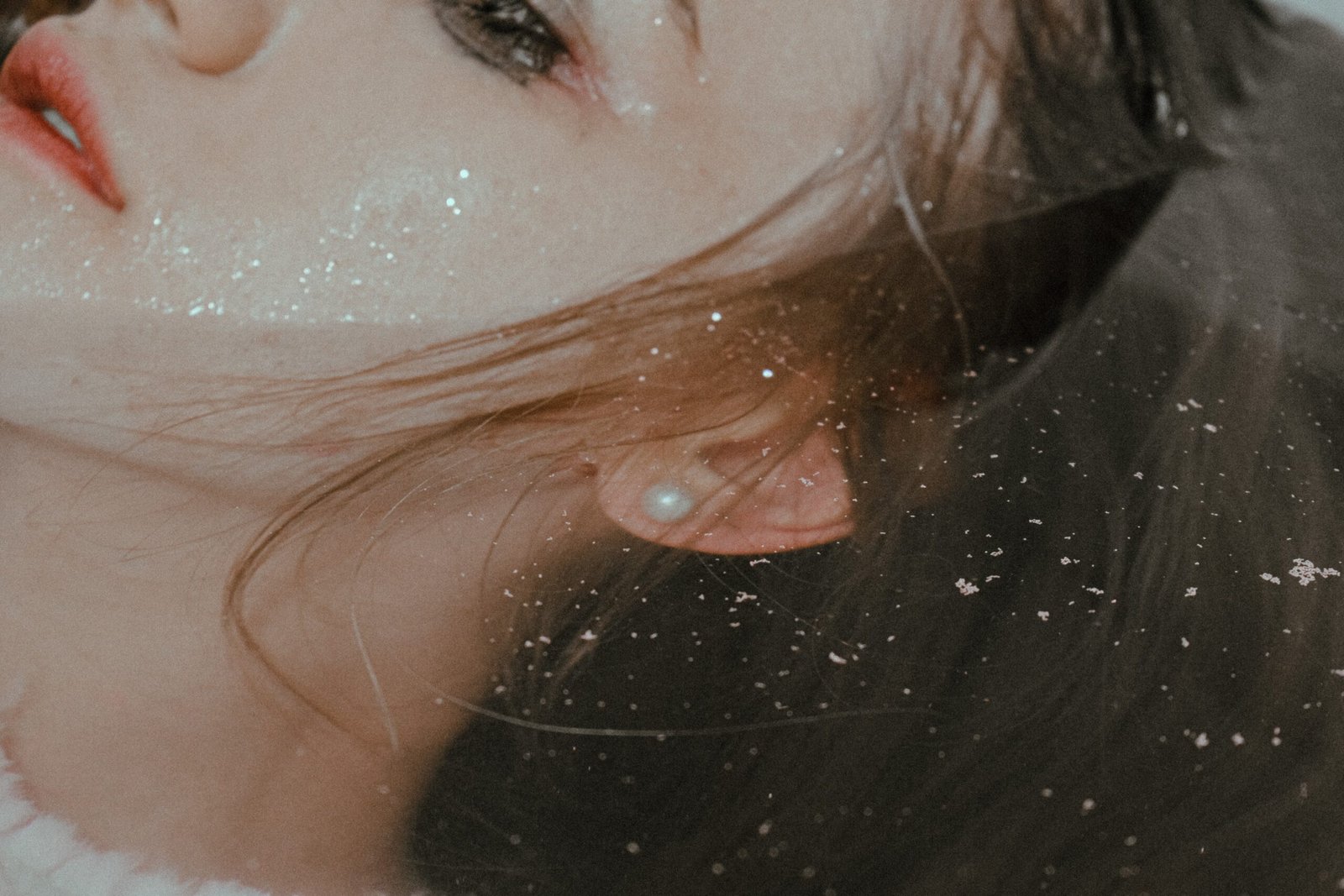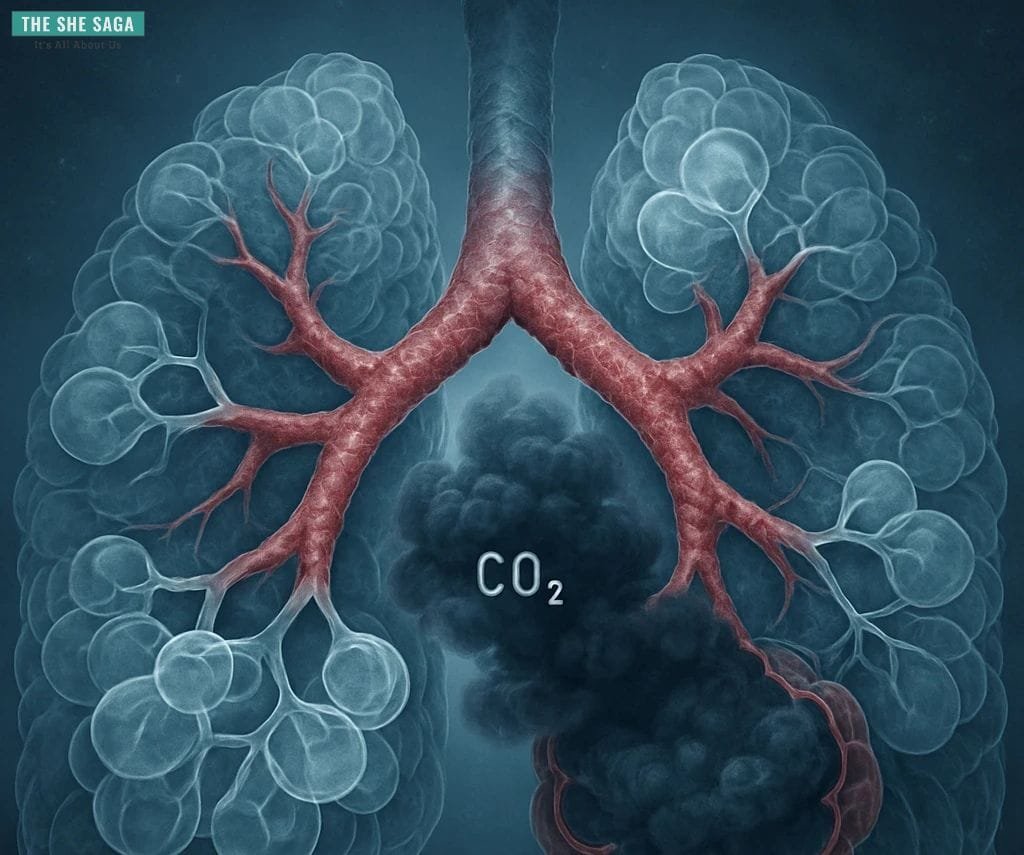Mirror Mirror on the Wall…
Every evening, I settle before the mirror, ticking another day from the calendar. Each passing day whispers of a year gained. I scrutinize my reflection. People often remark I don’t look my age. Some even mistake me for someone in their thirties. But the truth is etched on my face. The crow’s feet are steadily deepening, dark blemishes assert their presence, and puffy eyes greet me each morning, stubbornly refusing to fade. The shadows beneath my eyes are tell-tale signs of my sleep-deprived nights. My thinning hairline? I blame errant hormones. Each brush of my hair leaves a scattering of loose strands. And then there’s the thickening waist, the widening chin, and the broadening hips.
I sigh inwardly, a whisper for the girl who seems to have vanished!
The Constant Battle
Ageing is an undeniable truth, and I yearn to shed the extra kilos that perimenopause has generously, and unconditionally, gifted me. I strive to control my diet. Every single night, no matter how chaotic the day has been, I make sure to walk up that steep climb multiple times. I try my best, fighting to look younger, to cling to the fading threads of my youth.
Tell me, who among us wouldn’t wish to defy biology, to freeze time and remain eternally young?
The Futility of it
But then, I reason with myself. what’s the point of it all? The dieting? The exercise? The endless walks?
All I need is peace of mind, a good night’s rest, and plenty of energy to embrace a new day. But then, my thoughts drift to the women around me – typical, ordinary, middle-class women. The pressure we face is immense – the unspoken demand to look good, the desire to wear outfits that flatter our figures, the urge to appear younger than our years.
That’s when I realised the harsh truth- if this is the reality for everyday people like us, imagine the burden on someone like the ‘Kaanta Laga girl?’
The ‘Kaanta Laga’ Phenomenon
Ah, Shefali Jariwala! The very mention transports me back to 2002 and the iconic ‘Kaanta Laga’ remix. I can still picture her stunning figure and those bold, provocative expressions, the tattoo on her chest. The video itself was a mini-drama – a young woman caught with a porn magazine, chided by her boyfriend, then defiantly performing on the nightclub floor. And what a dance! A true rebellion! Her gyrations, the glimpse of her thong, the audacious lift of her t-shirt – it was revolutionary, setting a new benchmark. That beautiful girl, with her delicate eyebrows, flawless complexion, and magnetic smile, transformed into an overnight celebrity. For years, the track and its video ruled the charts, cementing the ‘Kaanta Laga’ girl’s status in popular culture.
A Sudden, Tragic End
At the young age of nineteen, Shefali Jariwala found widespread success, becoming a model and later a notable figure on ‘Bigg Boss.’ Tragically, her life concluded at the age of 42, attributed to cardiac arrest. Predictably, rumours are now rampant regarding the circumstances of her sudden passing.
The incidence of cardiac arrest in younger individuals has become common. This trend is frequently attributed by some to the COVID-19 vaccine, while others blame the high-intensity workouts favoured by celebrities.
A Dangerous Trend
According to a report by the Hindustan Times, police discovered at least two boxes of anti-ageing medicines, ‘skin glow’ tablets, and various vitamin supplements during a search of her home. Additionally, a vial of glutathione injection was found, which her friends revealed Jariwala had been using for a significant period.
Glutathione is a drug commonly associated with skin fairness and detoxification, often used to maintain a youthful appearance. Police further indicated that she was also consuming multivitamins, collagen supplements, and Vitamin C injections. Doctors suggest that the pervasive desire for youthful skin has led to high-dose intravenous (IV) infusions of glutathione, often without proper medical supervision – a scenario they believe could have been a contributing factor in this case.
The Fatal Combination
On June 27, Shefali Jariwala reportedly observed a day-long fast for a Satyanarayan puja at her Mumbai residence. This fast, alongside the other drugs she was consuming, is thought to have been a primary trigger. Officials warn that such unsupervised treatments, especially during fasting, are hazardous and can cause severe complications like heart failure. The verdict is definitive – her cardiac arrest was possibly a direct result of the combination of fasting and unsupervised anti-ageing medication.

The Blame Game
What truly irks me is how gossip mongers are revelling in pinning the blame squarely on Shefali’s desire to remain young. But how dare we blame Jariwala? She existed in an industry – the glamour industry, where the entire onus is on perpetual youth and beauty. Just imagine the immense pressure she must have faced to consistently look her best.
The Gilded Cage
As an ordinary individual, I can choose to disregard the ‘compulsion’ to look good and instead prioritize a qualitative life; I can simply ignore the pressure, eat, drink, and be merry. But celebrities? They don’t have that luxury. Their freedom of choice is virtually non-existent. For them, there’s only one clear dictate – remain young and beautiful!
It’s a sad reality that even in today’s world, where talent is increasingly highlighted, women are still primarily evaluated by their youthful appearance.
The Unacceptable Invasion of Privacy
What also demands attention is the blatant disregard for Shefali Jariwala’s privacy. Items found in her bathroom, in her closet… why can’t these deeply personal details be kept from public scrutiny? Why do we sink to such voyeuristic depths whenever a celebrity dies? Is this truly how we honour the departed?
Lessons from a Life Cut Short
Shefali Jariwala’s untimely departure teaches us many things.
Our mentality desperately needs to change.
- Embracing Our True Selves
We, as women, must first accept the progression of our years and learn to live comfortably with it. The societal stigma attached to aging needs to be eradicated, and the intense pressure to maintain an illusion of youth must be actively resisted. It’s only through this change that we can build a healthier society. A society where women are empowered to present their authentic selves, rather than feeling compelled to mask their age with injectables and other artificial means.
- Educating the Next Generation
We can also be a change agent by educating our children. Can we teach them to respect the natural process of aging? Can we, ourselves, strive to be examples by wholeheartedly embracing our own aging journey? Only then can we truly build a society that is fair, equal, and non-judgmental.

By Sreemati Sen
Sreemati Sen holds a Masters in Social Work from Shantiniketan. A Development Professional,
she has specialized in Psychiatric Care of Differently-abled children. Years of experience in
Social and Consumer Research are also a part of her portfolio. Her stories have been featured in
various anthologies.
She can be contacted at Sreemati123p@gmail.com.














